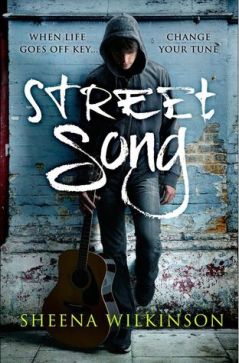 Author(s): Sheena Wilkinson
Author(s): Sheena Wilkinson
Publisher: Black & White Publishing
Publication date: 20th April 2017
Category: YA
Genre(s): contemporary
Series or standalone?: standalone
Source: I received a Netgalley copy of this book in exchange for an honest review.
Find on Goodreads and The Book Depository
After winning a glitzy TV talent show and becoming a teen pop sensation – under the particularly embarrassing stage name ‘RyLee’ – eighteen-year-old Ryan’s life has spiralled into addiction, media scrutiny, rehab and a floundering career.
His stepdad, self-appointed architect of the RyLee brand, wants him in school, and under his thumb. But when their arguments reach boiling point, Ryan finds himself fleeing his old life, his failed career, and his dysfunctional family. When he meets witty guitar-player Toni, the opportunity to start fresh seems too good to pass up. Before long, he’s arrived in a new city, joined Toni’s band, and reinvented himself. But has he really outrun his past? And what kind of future can there be for a washed-up has-been with secrets to keep?
One of a string of 2017 titles from Scotland’s newest YA imprint – including a recent contemporary from Did I Mention I Love You author Estelle Maskame and hot-topic début The Jungle by Pooja Puri – Street Song is the latest standalone from Northern Irish writer Sheena Wilkinson. One of Ink Road Books’ more experienced early signings, I interviewed Sheena on the blog last year as part of UKYACX (and even got a glimpse into the book that would become Street Song). The resulting book isn’t a million miles from what I expected then, as Wilkinson, true to form, takes a tough but vigorous look at contemporary Belfast through the eyes of a teenager.
The premise of the book is remarkably reminiscent of Keren David’s latest UKYA effort, Cuckoo (you can read my review here): teen boy deals with fame, family breakdown, hostile relationships, and a career on a downward spiral as he is finds himself homeless and struggling to make a living, meeting an unlikely handful of both helpful and shady characters along the way. A few key features – acting is replaced with music, an experimental style is replaced with more predictable form – mean that they read just differently enough, though if you’re looking for something completely original, you won’t find it here.
In trying to outrun his fortune-hungry family, one-time teen star Ryan winds up running into cool, plucky musician Toni. She doesn’t recognise him from his cringe-worthy days on reality television, but she does recognise his musical ability. He needs a place to stay, she needs a decent guitarist for her band, and so the unlikely pair embark on a rocky road lined with musical jams, setbacks, mistakes, and the possibility of romance. He may be living in a hostel and be busking for his bread, but for the first time in his life Ryan is playing the music he’s always wanted to play.
Throw in no-nonsense Polish bass player Marysia, some work-in-progress song lyrics, Billy the cat, and a handful of solid but by no means iconic characters – I particularly like Toni’s pragmatic but supportive mother – and Wilkinson creates a novel which is at its best when caught up in the joys of music and the unrivalled potential of a band’s early days. While I found the idea that Ryan would agree to enter a battle of bands – Backlash – a bit surprising given his belligerent history with music competitions, it’s a standard plot device for a rags-to-riches (or in this case rags-to-riches-to-rags-again) tale.
Page-turning and surprisingly absorbing, Street Song is a relatively quick read which balances the unpredictability of busking on the streets, with its good takings, bad takings, inclement weather and cityscape feel with interesting character dynamics, driven plot and a vibrant musical thread. Ryan’s struggles with manufactured identity, addiction, and the fallout from fifteen minutes of fame take up much of the book, but I was most intrigued by Toni and Marysia. I really liked their friendship and would’ve liked to have seen even more of it. I’d almost go as far as to say I’d read a sequel to this book, if only to see where the choppy waters of music and relationships take the headline trio.
Street Song is one of those strange books that seems both gritty and occasionally glossed over, as the backdrop of a protagonist living hand-to-mouth amid some dodgy characters is met with an oddly-paced narrative in which the worst happens to others before being essentially brushed aside, and the fact that the audience is aware that Ryan is keeping a secret a luxurious existence he left behind, the likes of which working-class Toni and Marysia hardly dare dream of. I’d definitely recommend a trigger warning for serious content which appears to heighten tension and then seems almost forgotten about. RyLee’s fans, primarily women and girls, are referred to as ‘RyLeens’ and are usually dismissed or treated with dismay, so if you’re looking for more positive portrayals of teenagers and fandom, you’re better off with Sophia Bennett’s Love Song or Maggie Harcourt’s Unconventional – and I’m still waiting for a classic piece of girlband-focused fiction from contemporary YA.

An interesting, if gritty, take on fame and misfortune from one of Northern Ireland’s most notable YA writers. For fans of Keren David’s Cuckoo, Katie Everson’s Drop and Leila Sales’ This Song Will Save Your Life.


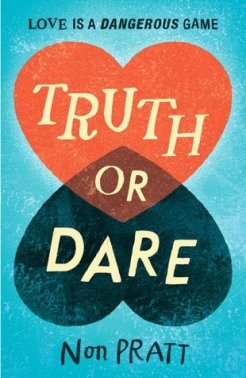 Author(s): Non Pratt
Author(s): Non Pratt




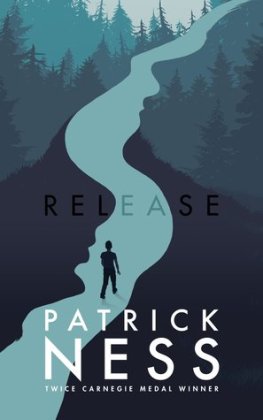


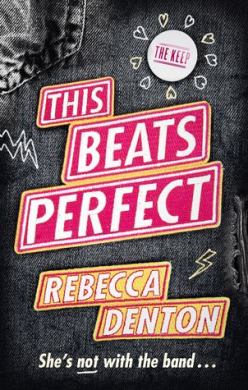 Author(s): Rebecca Denton
Author(s): Rebecca Denton 
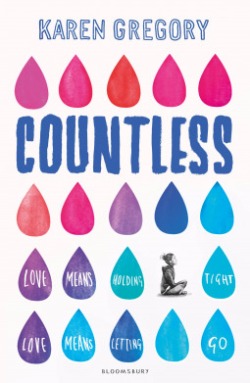 Author(s): Karen Gregory
Author(s): Karen Gregory

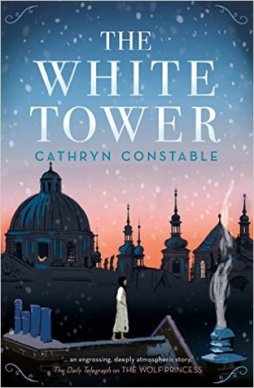 Author(s): Cathryn Constable
Author(s): Cathryn Constable
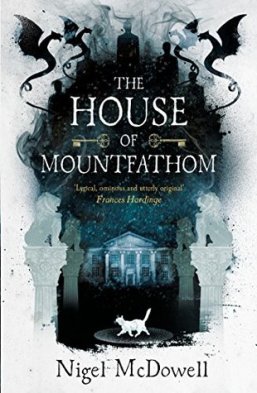 Author(s): Nigel McDowell
Author(s): Nigel McDowell

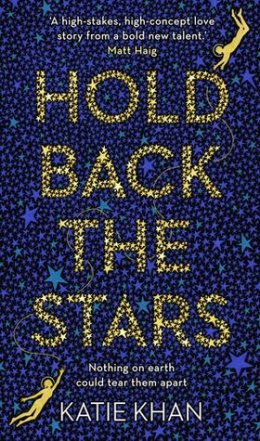 Author: Katie Khan
Author: Katie Khan

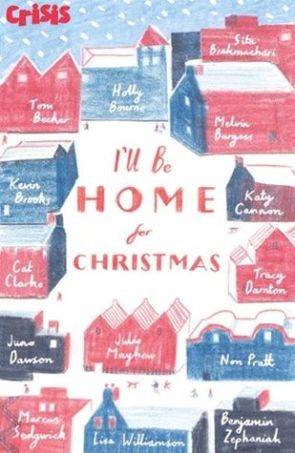 Authors: Hold onto your hats. There’s Holly Bourne, Tom Becker, Kevin Brooks, Sita Brahmachari, Melvin Burgess, Katy Cannon, Cat Clarke – *gulp of air* –
Authors: Hold onto your hats. There’s Holly Bourne, Tom Becker, Kevin Brooks, Sita Brahmachari, Melvin Burgess, Katy Cannon, Cat Clarke – *gulp of air* – 

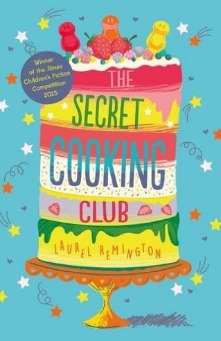 Author: Laurel Remington
Author: Laurel Remington

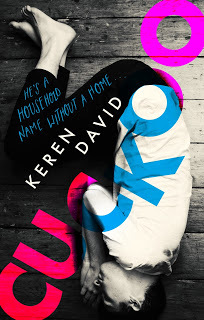 Author: Keren David
Author: Keren David
